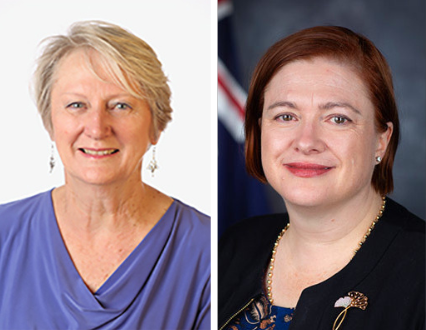 Emeritus Prof Anne Green FAIP and Prof Tanya Monro FAIP have been recognised with the highest recognition in this year’s Queen’s Birthday Honours: Companion of the Order of Australia (AC).
Emeritus Prof Anne Green FAIP and Prof Tanya Monro FAIP have been recognised with the highest recognition in this year’s Queen’s Birthday Honours: Companion of the Order of Australia (AC).
Warm congratulations to both.
A guiding star for females in physics
Emeritus Professor Anne Green AC FAIP was recognised for her ‘eminent service to science, particularly physics and astrophysics, as an educator and researcher, as a mentor to colleagues and students, and a role model to women’.
Prof Green was a trailblazer during her 50-year career, which included many ‘firsts’.
She was the first female PhD student in the School of Physics at the University of Sydney, where she also become the first female Head of Physics in 2007. She was also one of the first female radio astronomers.
Much of her prolific career was dedicated to investigating the ecology and structure of the Milky Way Galaxy as well as studying supernovae.
The Anne Green Prize, named in her honour, is awarded annually by our cognate society, the Astronomical Society of Australia (ASA), to a mid-career scientist for a significant advance or accomplishment in astronomy or a related field.
Of her career success, Professor Green has said:
“I've had opportunities in my career that, in hindsight, I'm gobsmacked about, but every time I've been offered an opportunity, I've accepted the challenge. That's something I've always said to young scientists, particularly women, to take the challenge when it's offered.”
Lighting the way: First ever female Chief Defence Scientist
Professor Tanya Monro AC FAIP was honoured for her ‘eminent service to scientific and technological development, to research and innovation, to tertiary education, particularly in the field of photonics, and to professional organisations’.
Prof Monro’s work focuses on using light and optical fibres to create tools for research to help address health, environmental, industrial and defence challenges.
She is currently Australia’s Chief Defence Scientist, heading up the Defence Science and Technology Group (DSTG). She is the first woman to take on the role.
From 2008 to 2014, she was the inaugural Director of the Institute for Photonics and Advanced Sensing, as well as of the ARC Centre of Excellence for Nanoscale Bio Photonics.
Prof Monro won the 1998 AIP Bragg Gold Medal for her PhD, which she completed at the University of Sydney.
“It's really important that we have women in senior roles visible as role models to girls and women making choices about what they want to do," Professor Monro says.
“I want to create an environment where people can contribute, no matter what diversity characteristic they bring. It's not just gender, it can be neurological diversity, it can be cultural diversity, and even age diversity.”
Photos: Anne Green – credit: ASA, Tanya Monro – credit DSTG.
 Cognates
Cognates Site Navigation
Site Navigation
